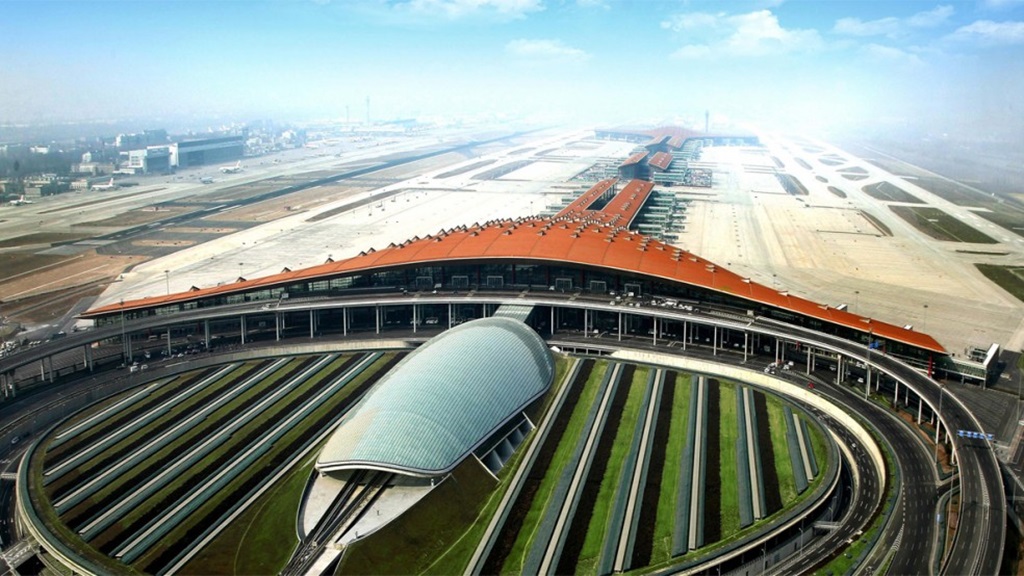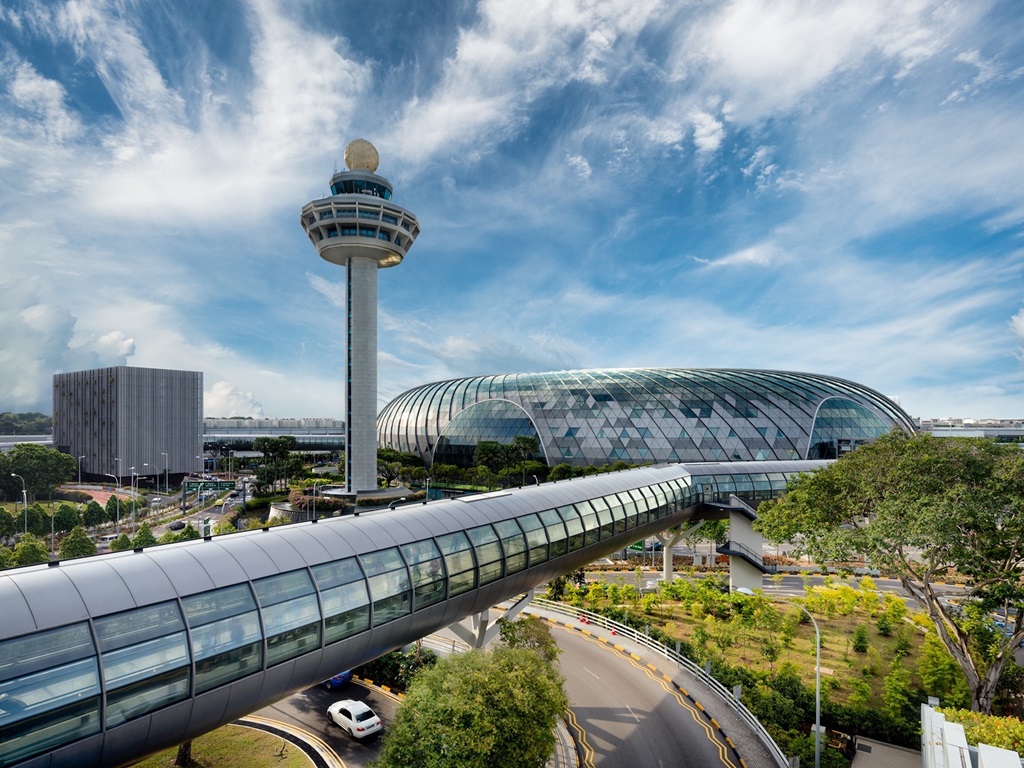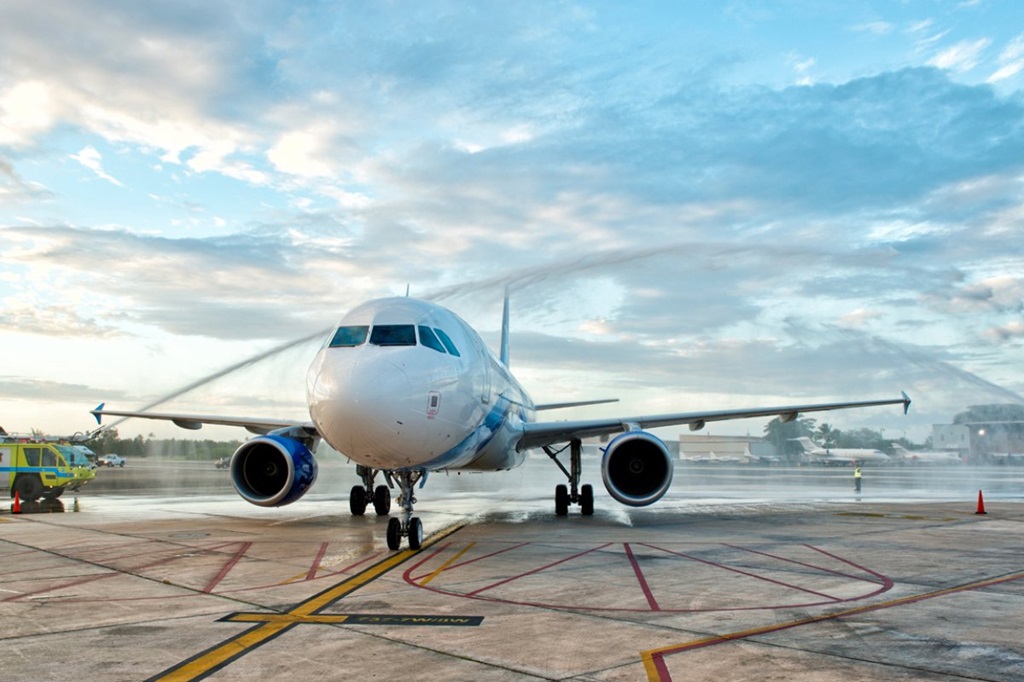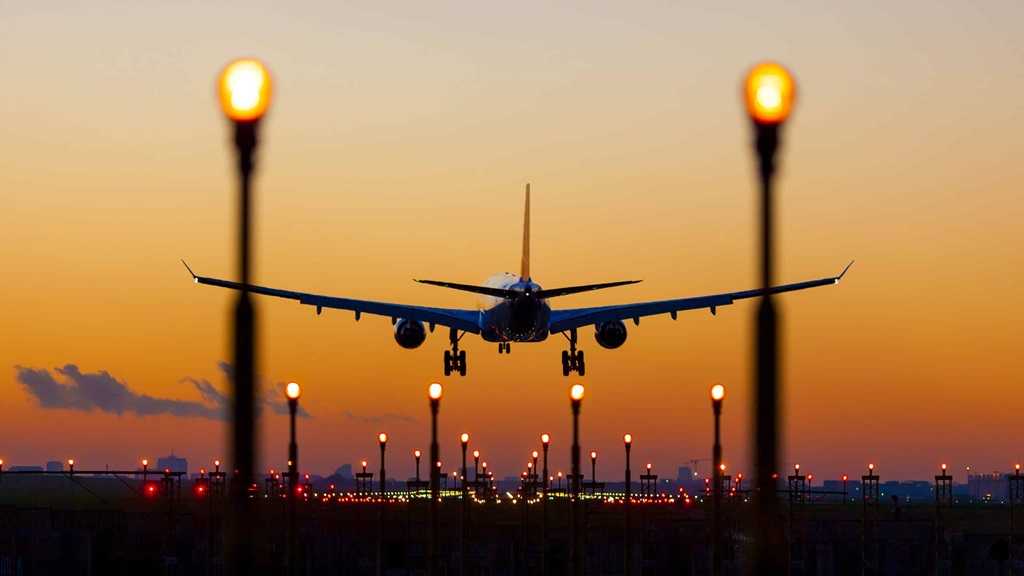Air travel has become an integral part of our interconnected world, and the airports that facilitate this global movement vary in size and significance. In this article, we will delve into the realm of the world’s busiest airports, understanding the criteria that make them stand out and exploring the unique features that contribute to their bustling nature.
Criteria for Busiest Airports
The busyness of an airport is determined by various factors, with passenger traffic and aircraft movements playing a pivotal role. Understanding these criteria provides insights into the dynamics that make certain airports exceptionally busy.
Hartsfield-Jackson Atlanta International Airport
Topping the list of the world’s busiest airports, Hartsfield-Jackson Atlanta International Airport boasts impressive statistics. We’ll delve into its ranking, explore the unique features that contribute to its busyness, and understand its role in connecting people from around the globe.
Beijing Capital International Airport

With China’s economic boom, Beijing Capital International Airport has experienced significant growth. We’ll take a closer look at its expansion, understanding how it reflects the country’s economic development and its role as a key player in international travel.
Dubai International Airport
Dubai International Airport stands as a testament to rapid expansion and modernization. Serving as a hub for international travel, we’ll explore the factors that have propelled its growth and its unique position in the global aviation landscape.
O’Hare International Airport
Steeped in history, O’Hare International Airport has played a crucial role in shaping the U.S. aviation landscape. We’ll take a journey through its past, understanding its significance and impact on air travel in the United States.
Los Angeles International Airport (LAX)
LAX is a major gateway to the United States and serves as a primary hub for international travelers, particularly those heading to and from the Asia-Pacific region. With its iconic Theme Building and numerous terminals, LAX is a bustling hub of activity.
Tokyo Haneda Airport (HND)
Recognized for its efficiency and proximity to downtown Tokyo, Haneda Airport is a key player in the global aviation network. It serves as a major hub for both domestic and international flights, providing seamless connections for passengers traveling to and from Japan.
London Heathrow Airport (LHR)
As the busiest airport in Europe, Heathrow serves as a critical connection point for travelers flying between the Americas, Europe, Africa, and Asia. Its extensive network of flights and modern facilities contribute to its status as a major international hub.
Singapore Changi Airport

Singapore Changi Airport takes a unique approach by focusing not just on functionality but also on enhancing the passenger experience. We’ll delve into the recreational facilities and amenities that make it stand out among the world’s busiest airports.
Challenges Faced by Busiest Airports
While the status of being a busy airport is coveted, it comes with its set of challenges. Managing high passenger volumes and implementing infrastructure and technology improvements are essential for smooth operations.
Innovations in Airport Management
In response to the challenges, airports are embracing innovations in management. From smart technologies to streamlining security processes, these advancements contribute to a more efficient and secure travel experience.
Strategies for Coping with Busyness
To cope with increasing busyness, airports undertake expansion projects and focus on the efficient use of runways and terminal spaces. We’ll examine the strategies employed to ensure smooth operations amid growing demand.
Social and Economic Impact
Beyond the logistics, the world’s busiest airports have a significant impact on local economies. They contribute to job creation and boost tourism, becoming integral components of the social and economic fabric of their regions.
Pandemic’s Impact on Busiest Airports

The global pandemic has disrupted travel patterns, affecting even the busiest airports. We’ll explore how these hubs have adapted to new challenges, adjusting their operations to align with the changing landscape of air travel.
Future Trends in Air Travel
As we look to the future, sustainability in aviation and technological advancements will shape the landscape of air travel. We’ll explore the trends that are likely to influence the way we experience flying in the years to come.
Conclusion
In conclusion, exploring the world’s busiest airports unveils a dynamic landscape where factors like innovation, challenges, and economic impact converge. As air travel continues to evolve, these airports play a crucial role in connecting people and shaping the future of global transportation.
Frequently Asked Questions
-
Are the rankings of the busiest airports consistent over the years?
- Airport rankings can change based on various factors, including infrastructure development, changes in air travel patterns, and global events.
-
How do airports manage the high volume of passengers efficiently?
- Airports employ advanced technologies, streamlined security processes, and strategic infrastructure planning to handle large passenger volumes.
-
What environmental initiatives are Heathrow Airport and other busy airports taking?
- Heathrow and other busy airports are adopting eco-friendly practices, investing in sustainable technologies, and implementing measures to reduce their carbon footprint.
-
How has the pandemic affected the operations of the world’s busiest airports?
- The pandemic has led to changes in travel patterns, with airports adapting by implementing safety measures, adjusting operations, and focusing on passenger well-being.
-
Can smaller airports implement the strategies used by the world’s busiest airports to cope with increased demand?
- While the scale may differ, smaller airports can adopt similar strategies, such as efficient space utilization, technology integration, and sustainable practices, to enhance their operations.



